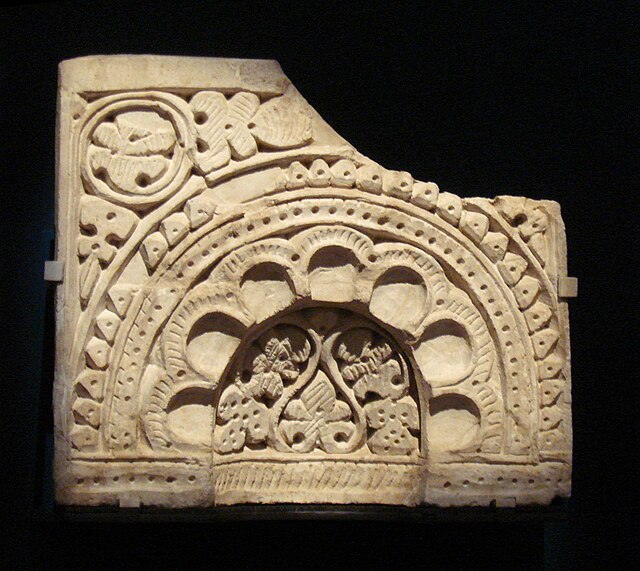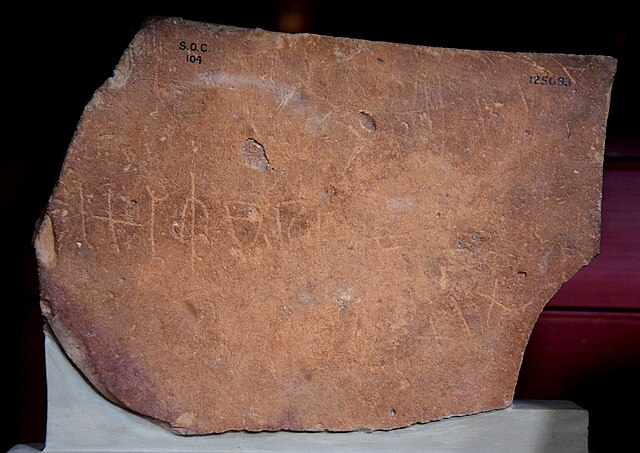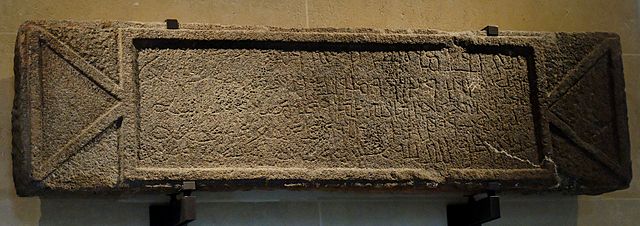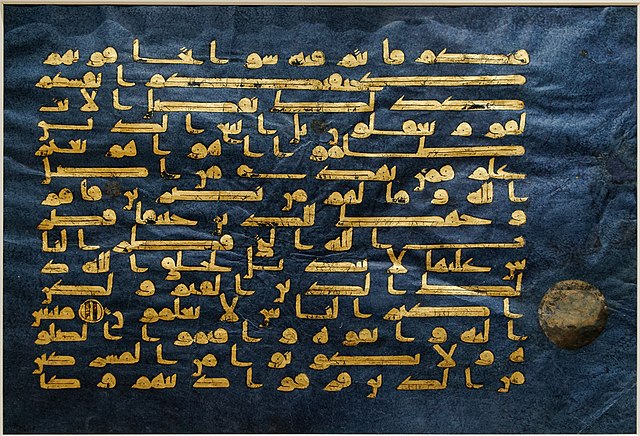The Abbasid Caliphate or Abbasid Empire was the third caliphate to succeed the Islamic prophet Muhammad. It was founded by a dynasty descended from Muhammad's uncle, Abbas ibn Abd al-Muttalib, from whom the dynasty takes its name. They ruled as caliphs for most of the caliphate from their capital in Baghdad in modern-day Iraq, after having overthrown the Umayyad Caliphate in the Abbasid Revolution of 750 CE (132 AH). The Abbasid Revolution had its origins and first successes in the easterly region of Khorasan, far from the bases of Umayyad power in Syria and Iraq. The Abbasid Caliphate first centered its government in Kufa, modern-day Iraq, but in 762 the caliph Al-Mansur founded the city of Baghdad, near the ancient Babylonian capital city of Babylon and Persian city of Ctesiphon. Baghdad became the center of science, culture, and invention in what became known as the Golden Age of Islam. It was also during this period that Islamic manuscript production reached its height. Between the 8th and 10th centuries, Abbasid artisans pioneered and perfected manuscript techniques that became standards of the practice. This, in addition to housing several key academic institutions, including the House of Wisdom, as well as a multiethnic and multi-religious environment, garnered it an international reputation as the "Centre of Learning".
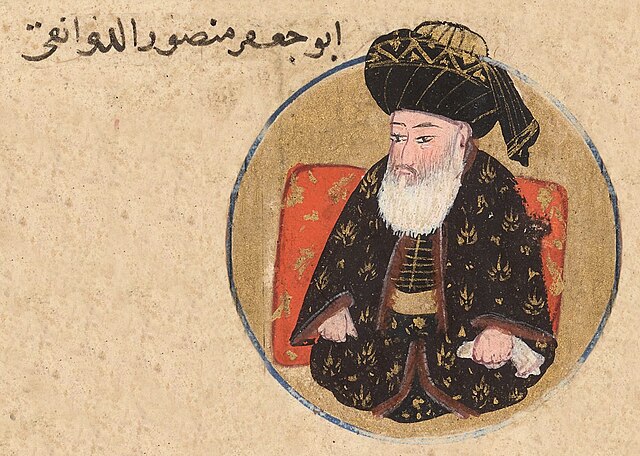
Portrait of al-Mansur (r. 754–775) from the genealogy (silsilanāma) "Cream of Histories" (Zübdet-üt Tevarih, 1598)
Early 14th century copy of the Samanid-period Tarikhnama of Bal'ami (10th century) depicting al-Saffah (r. 750–754) as he receives pledges of allegiance in Kufa
Decorated niche from the Abbasid mosque of Afrasiab, Samarkand in Sogdia, 750–825 CE.
The spiral minaret of the Great Mosque of Samarra, built in 851 CE (237 AH) on the western side of the city of Samarra
Arabic is a Central Semitic language of the Afroasiatic language family spoken primarily in the Arab world. The ISO assigns language codes to 32 varieties of Arabic, including its standard form of Literary Arabic, known as Modern Standard Arabic, which is derived from Classical Arabic. This distinction exists primarily among Western linguists; Arabic speakers themselves generally do not distinguish between Modern Standard Arabic and Classical Arabic, but rather refer to both as al-ʿarabiyyatu l-fuṣḥā or simply al-fuṣḥā (اَلْفُصْحَىٰ).
Safaitic inscription
The Namara inscription, a sample of Nabataean script, considered a direct precursor of Arabic script.
Arabic from the Quran in the old Hijazi dialect (Hijazi script, 7th century AD)
The Qur'an has served and continues to serve as a fundamental reference for Arabic. (Maghrebi Kufic script, Blue Qur'an, 9th–10th century)



